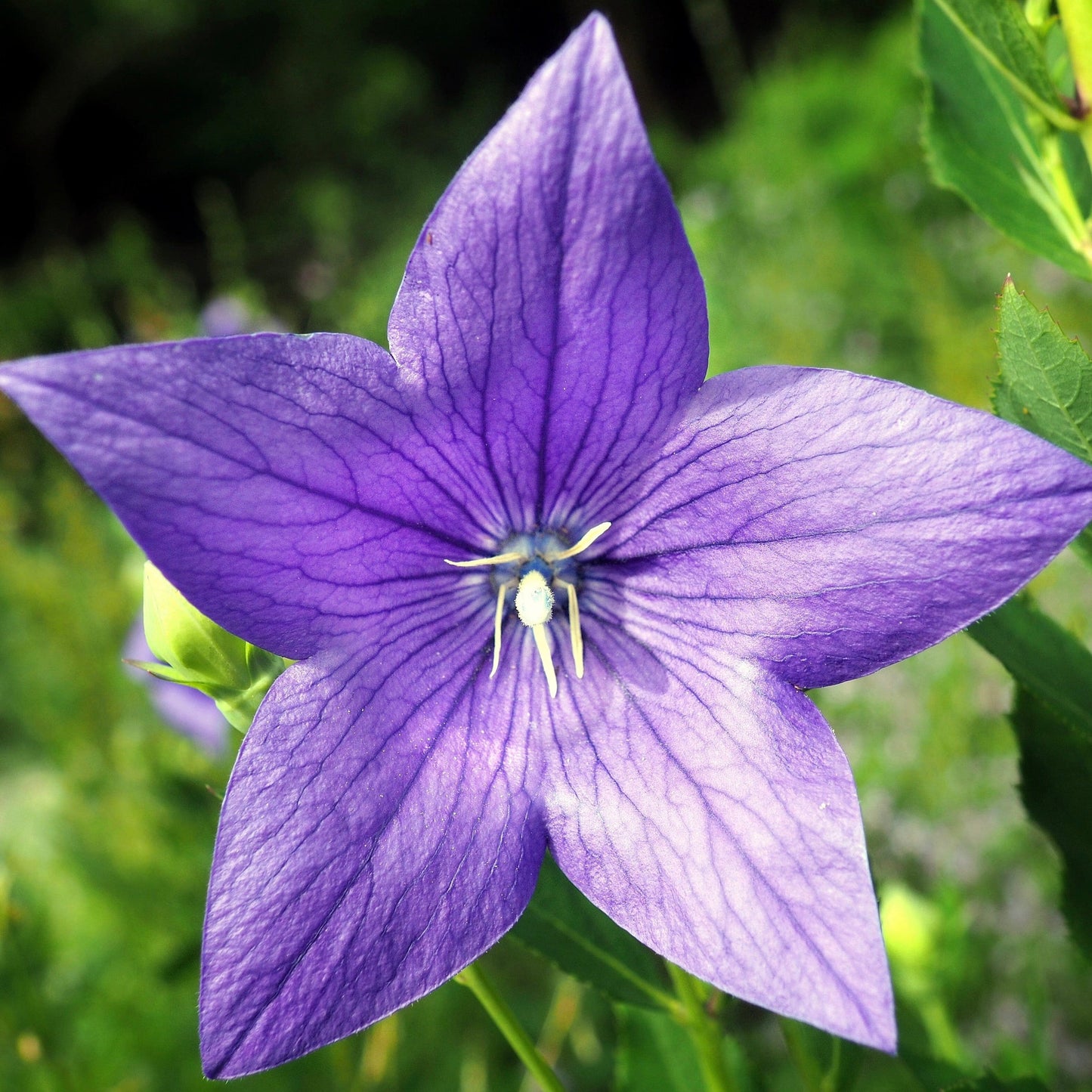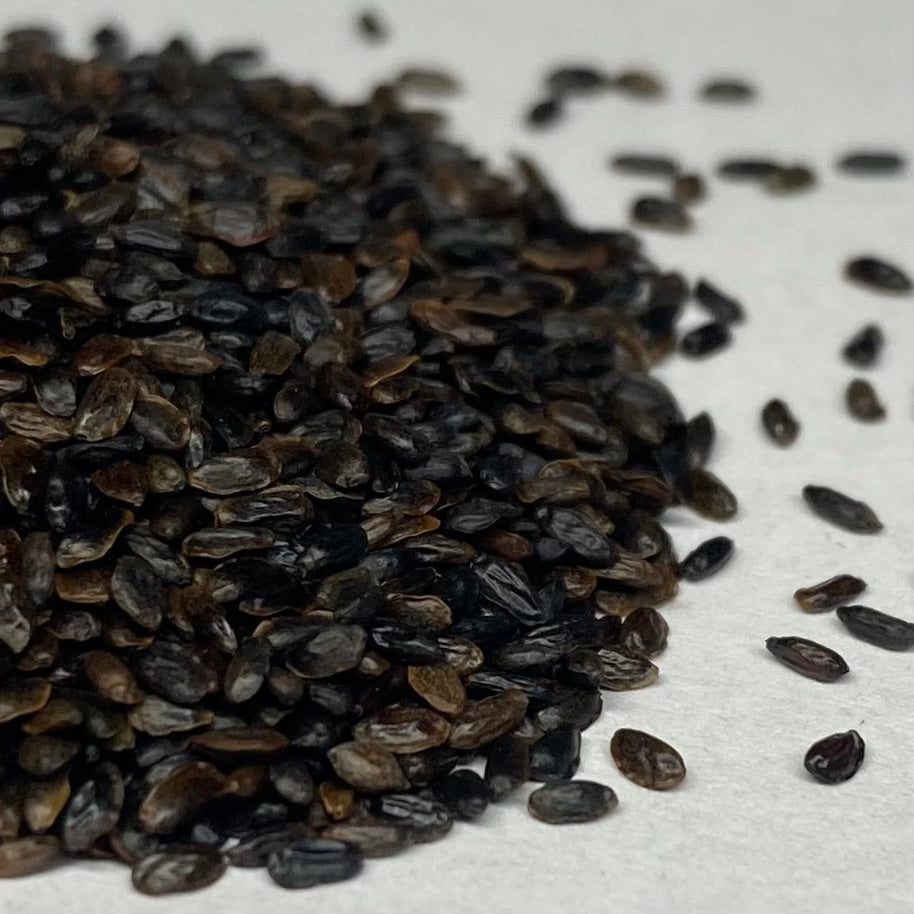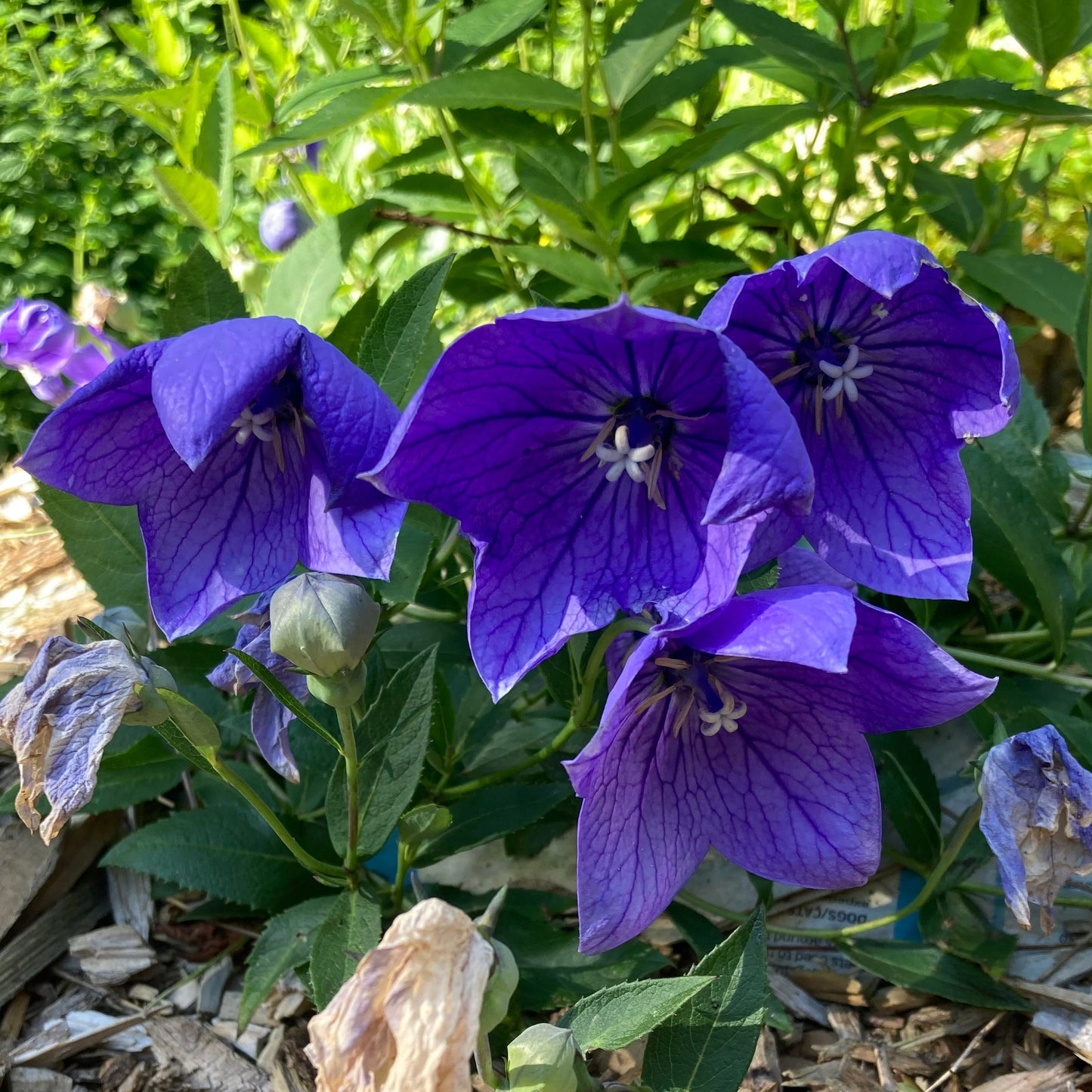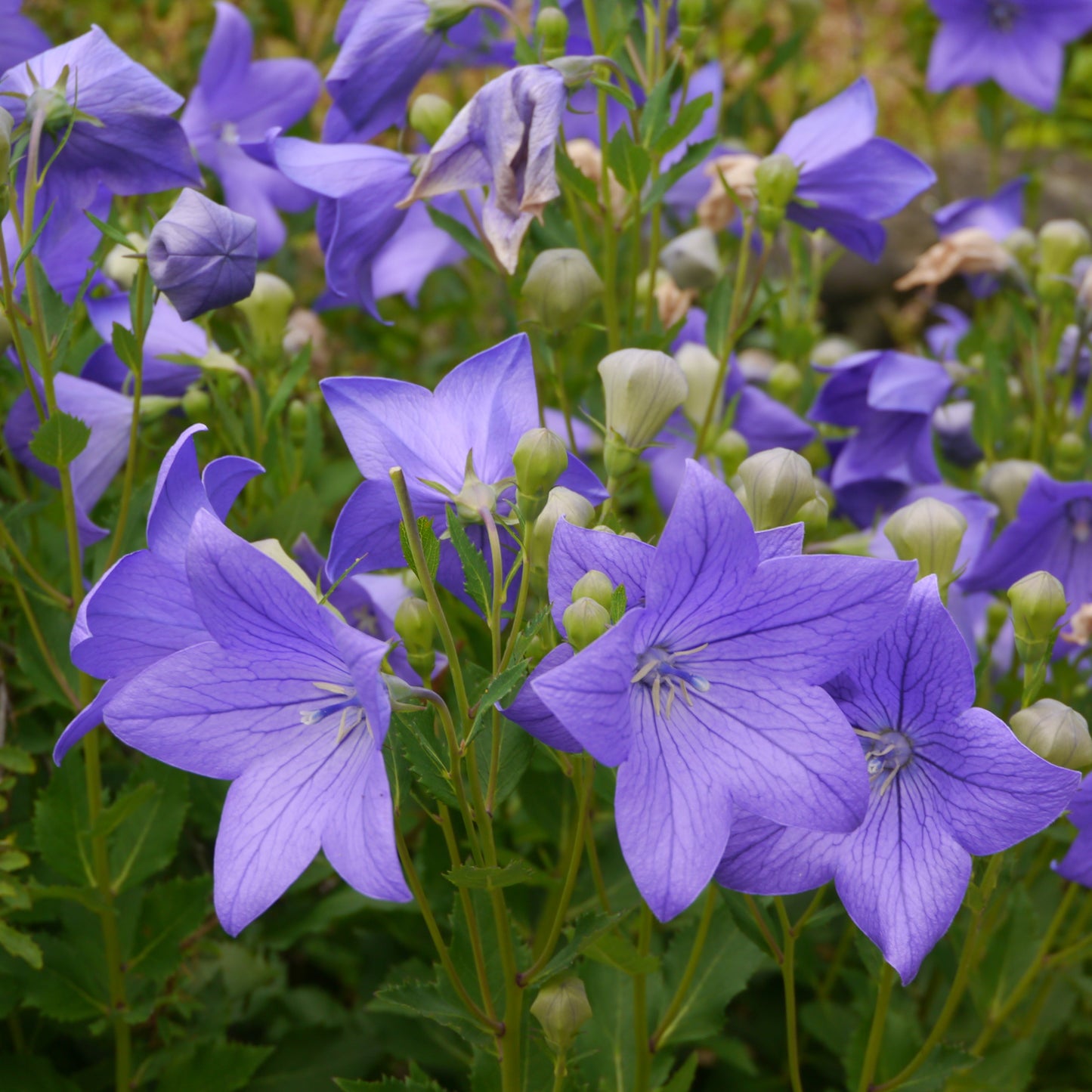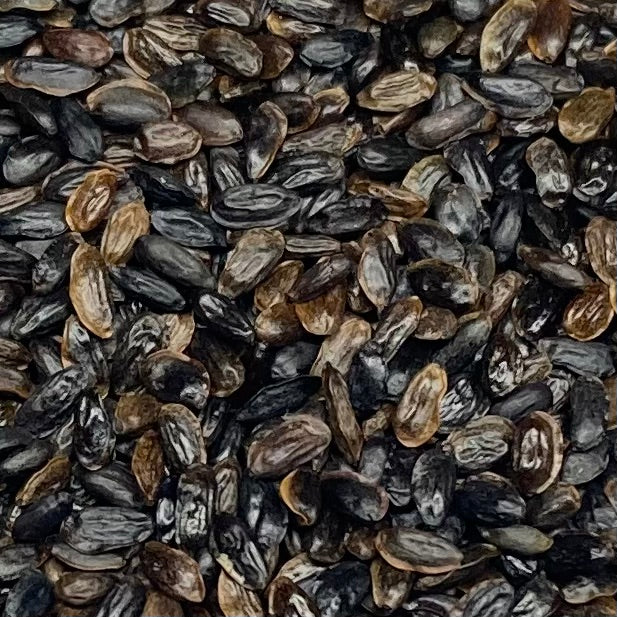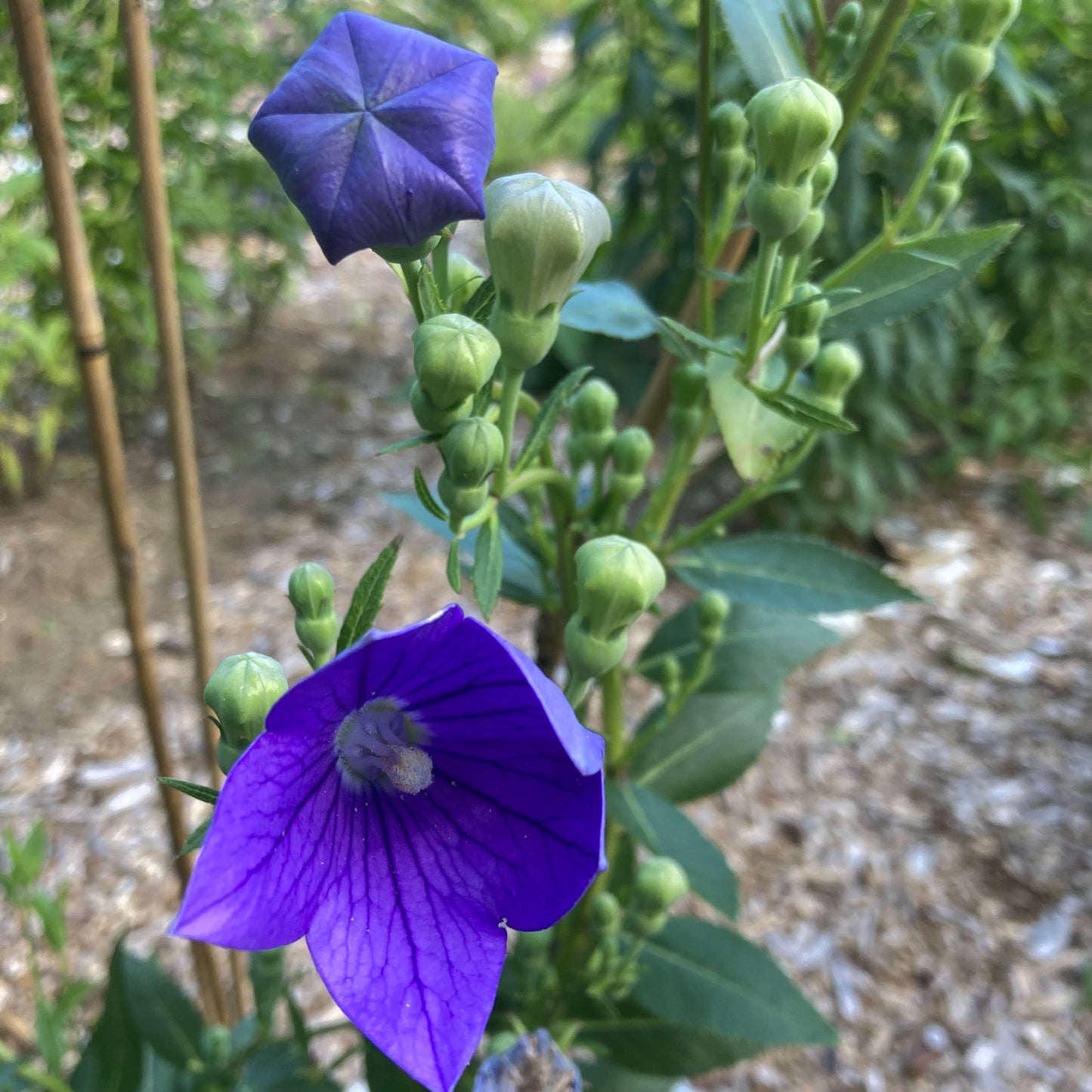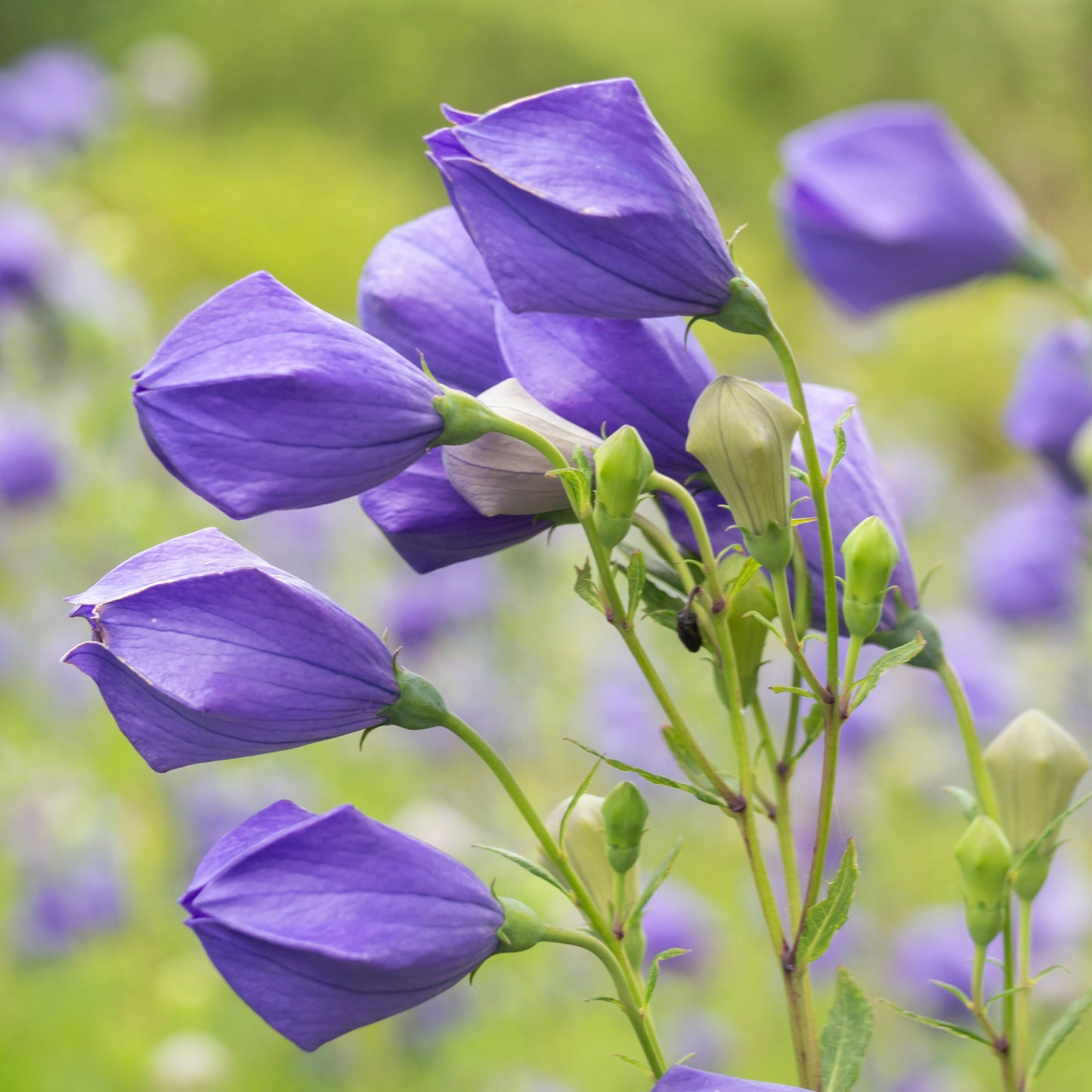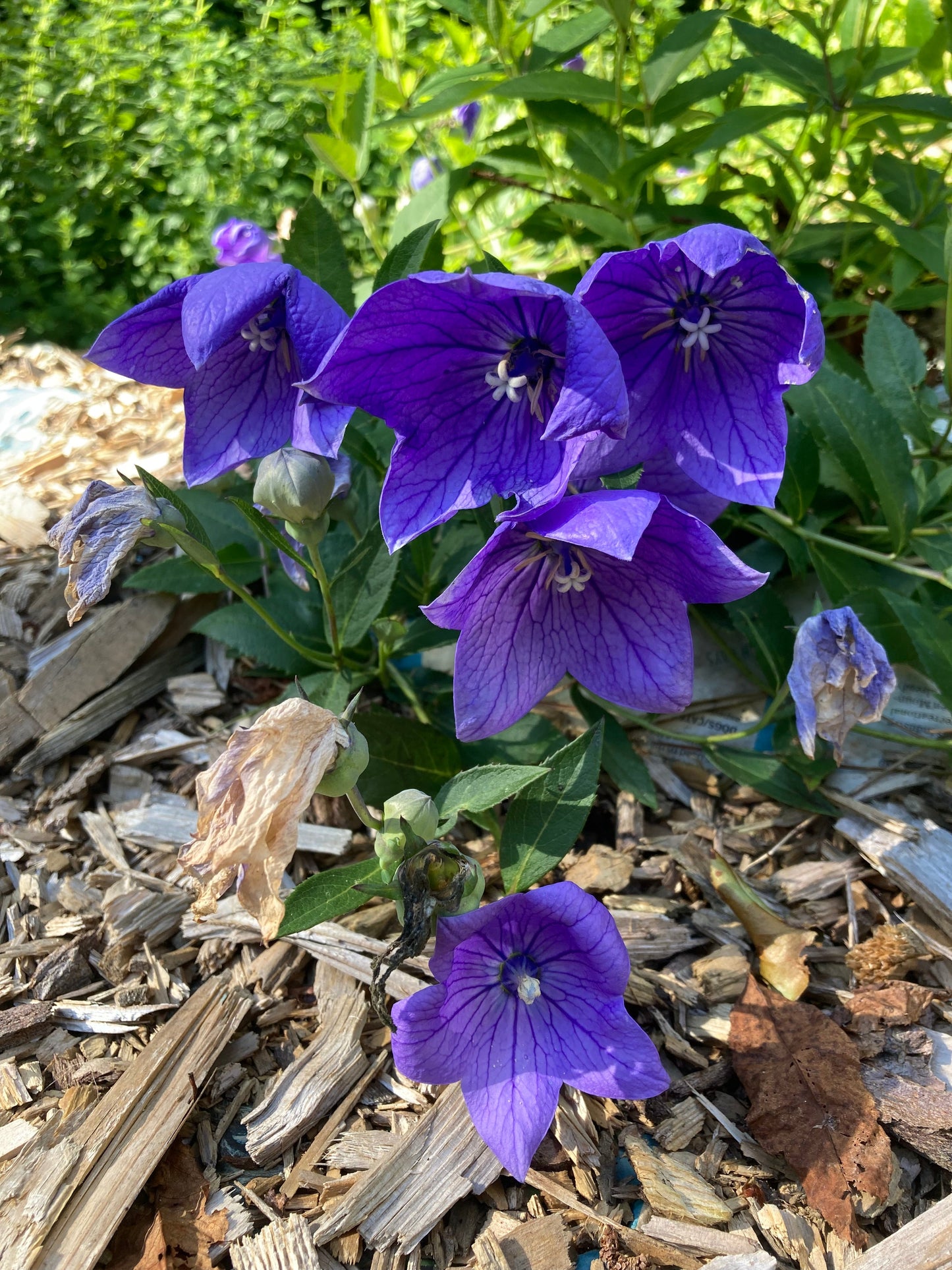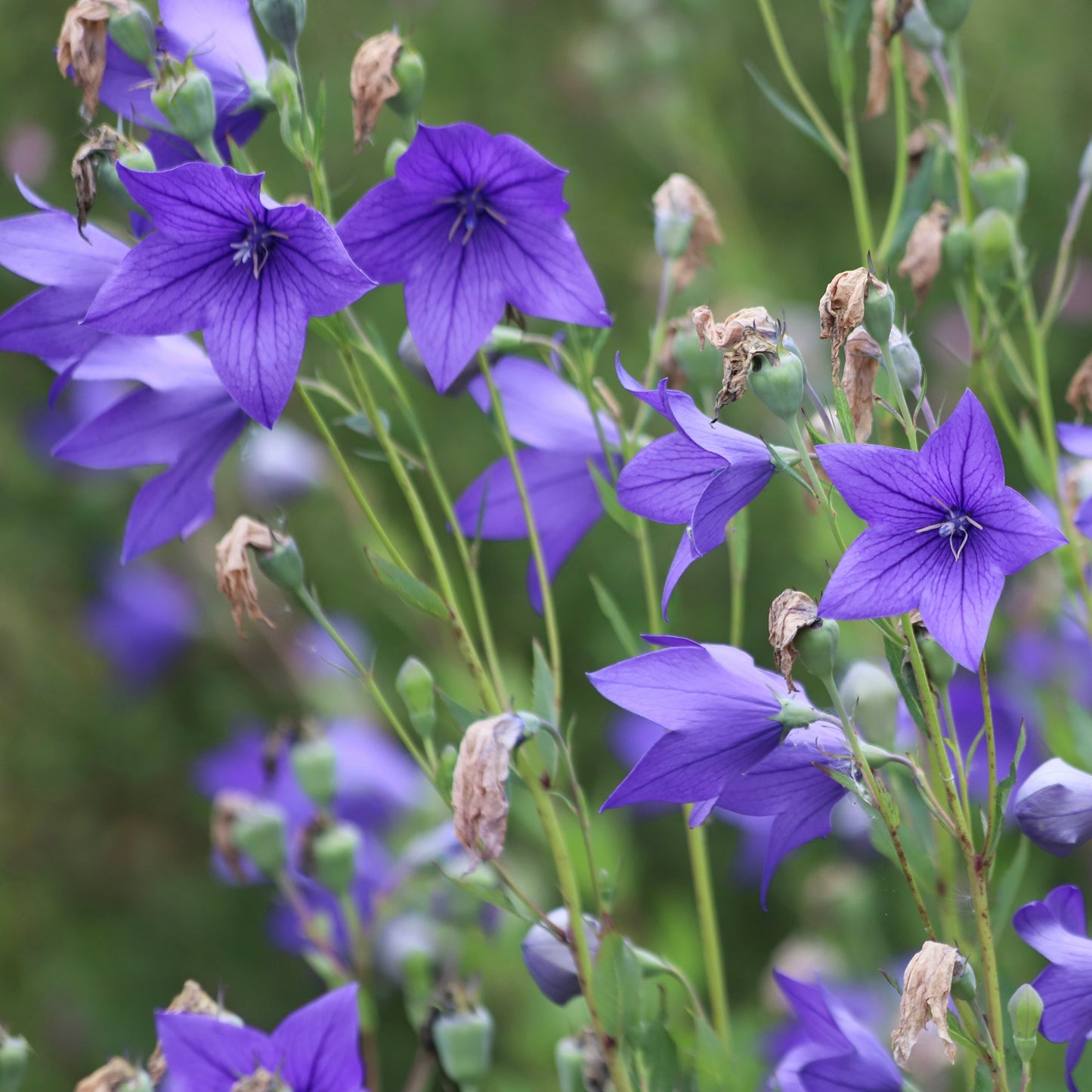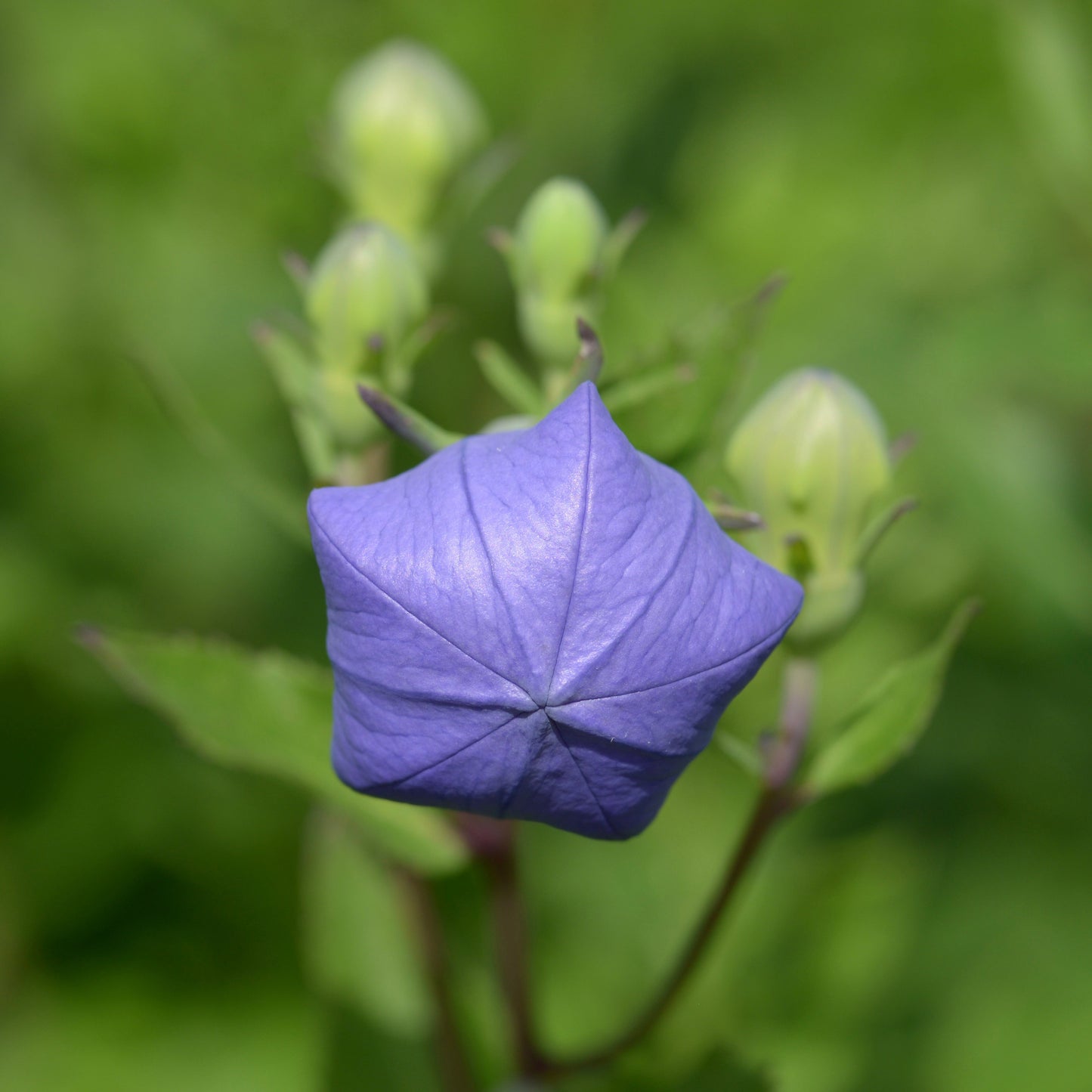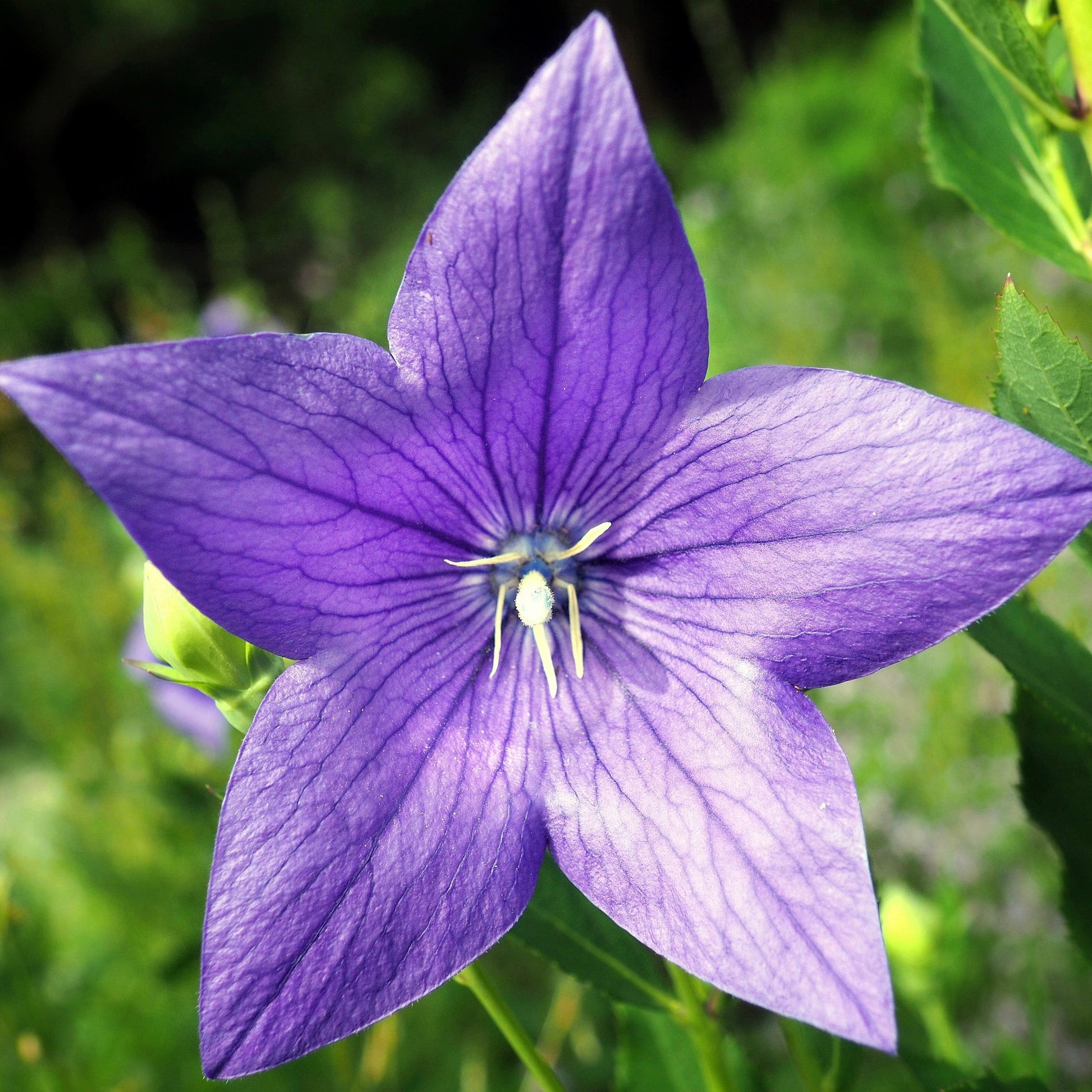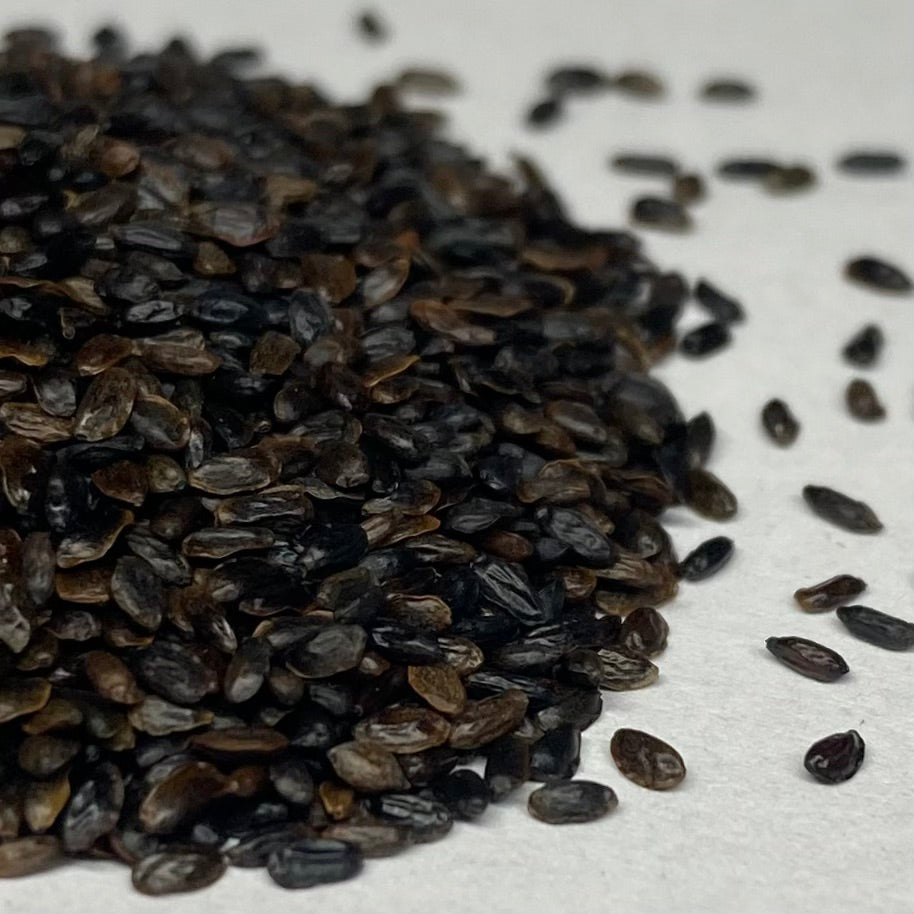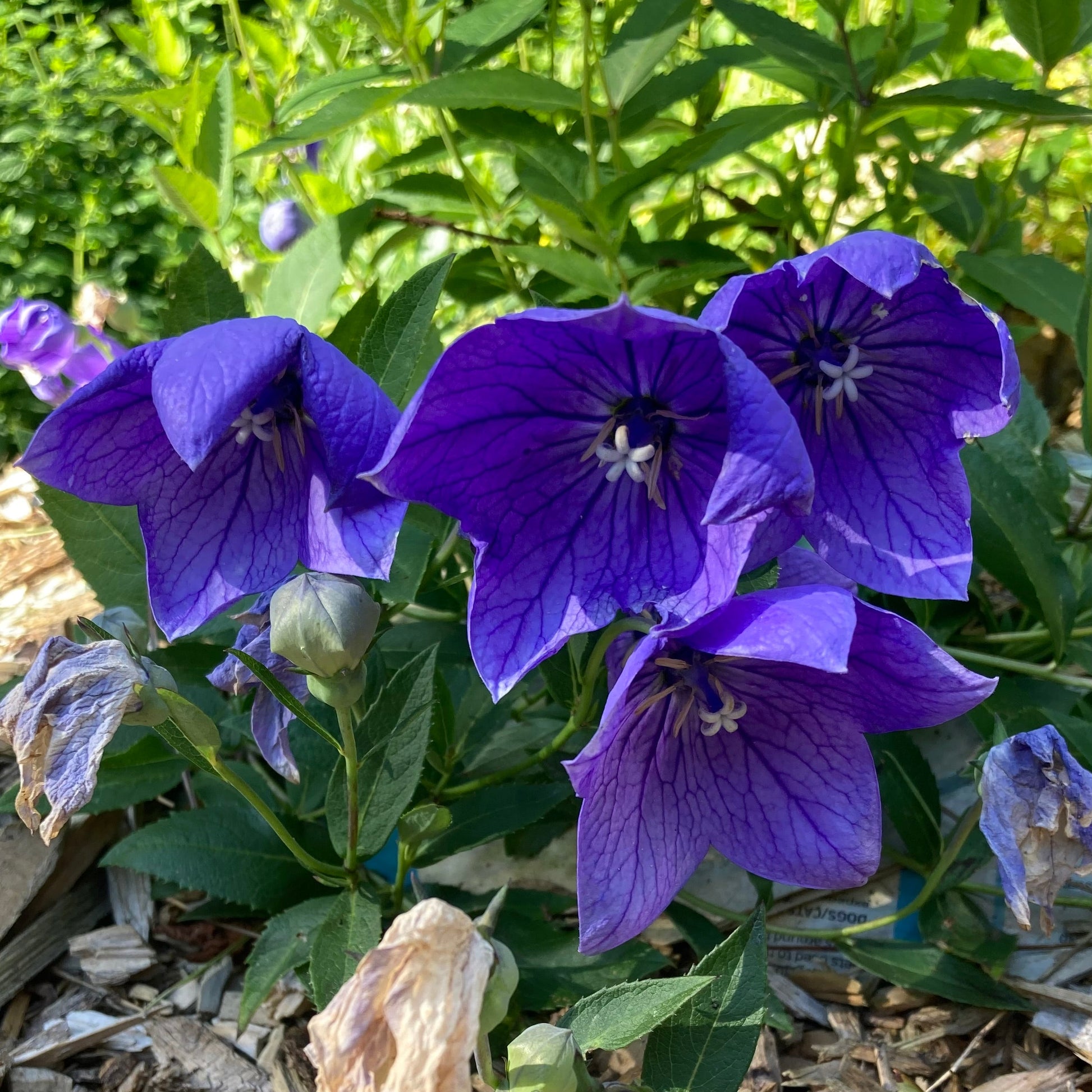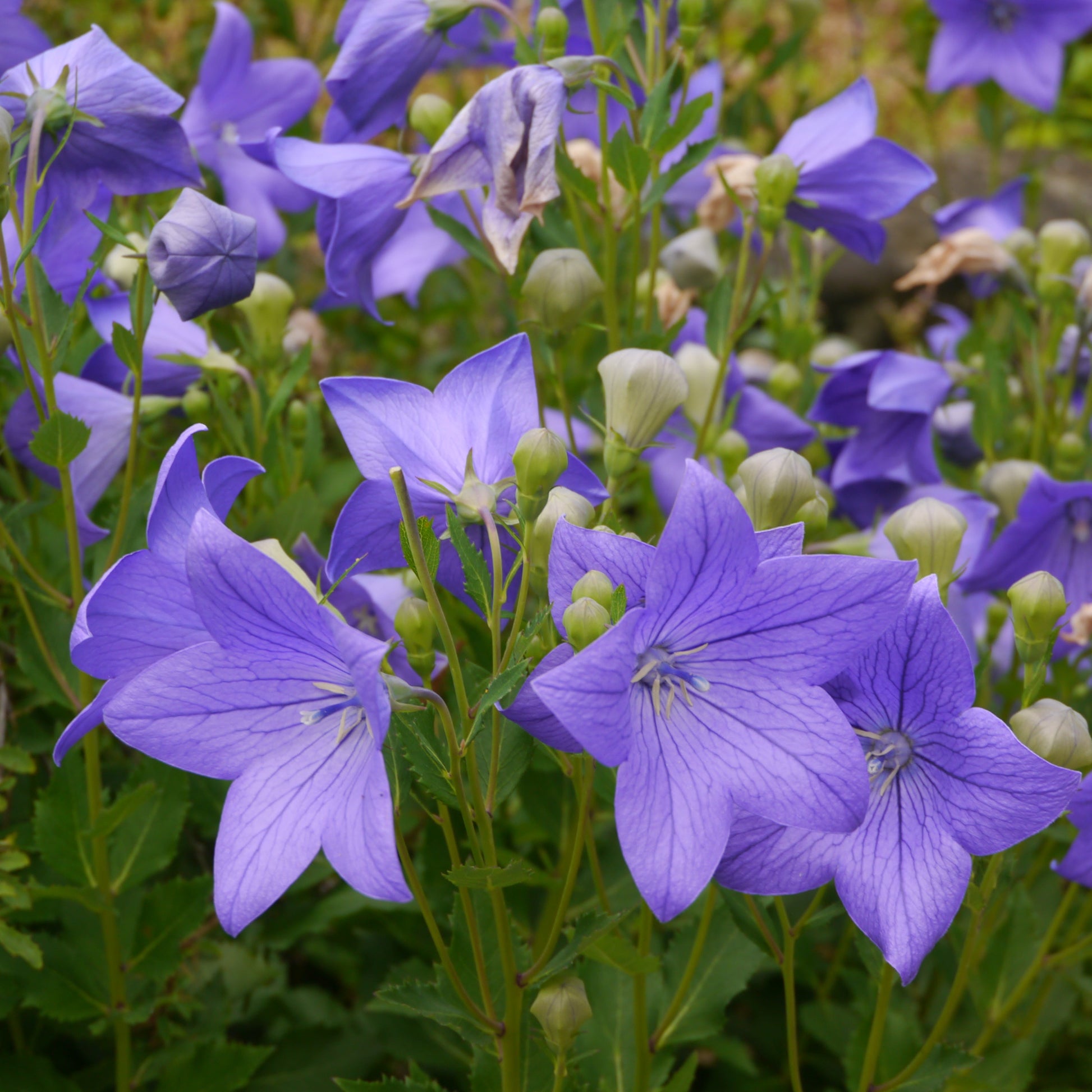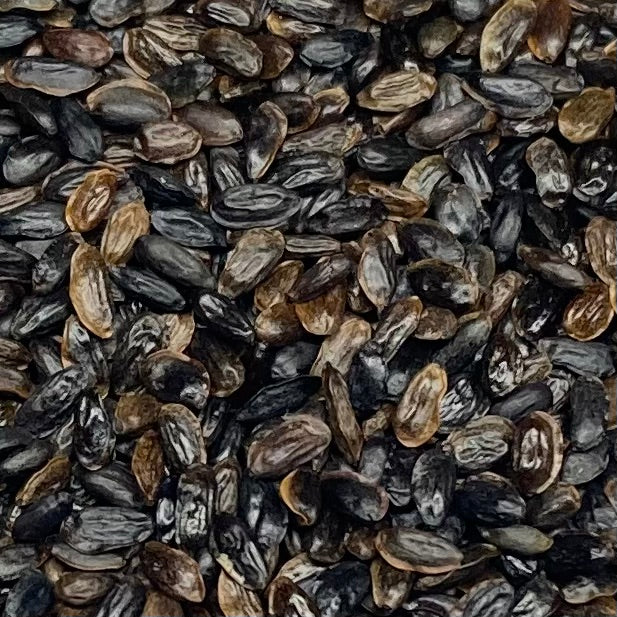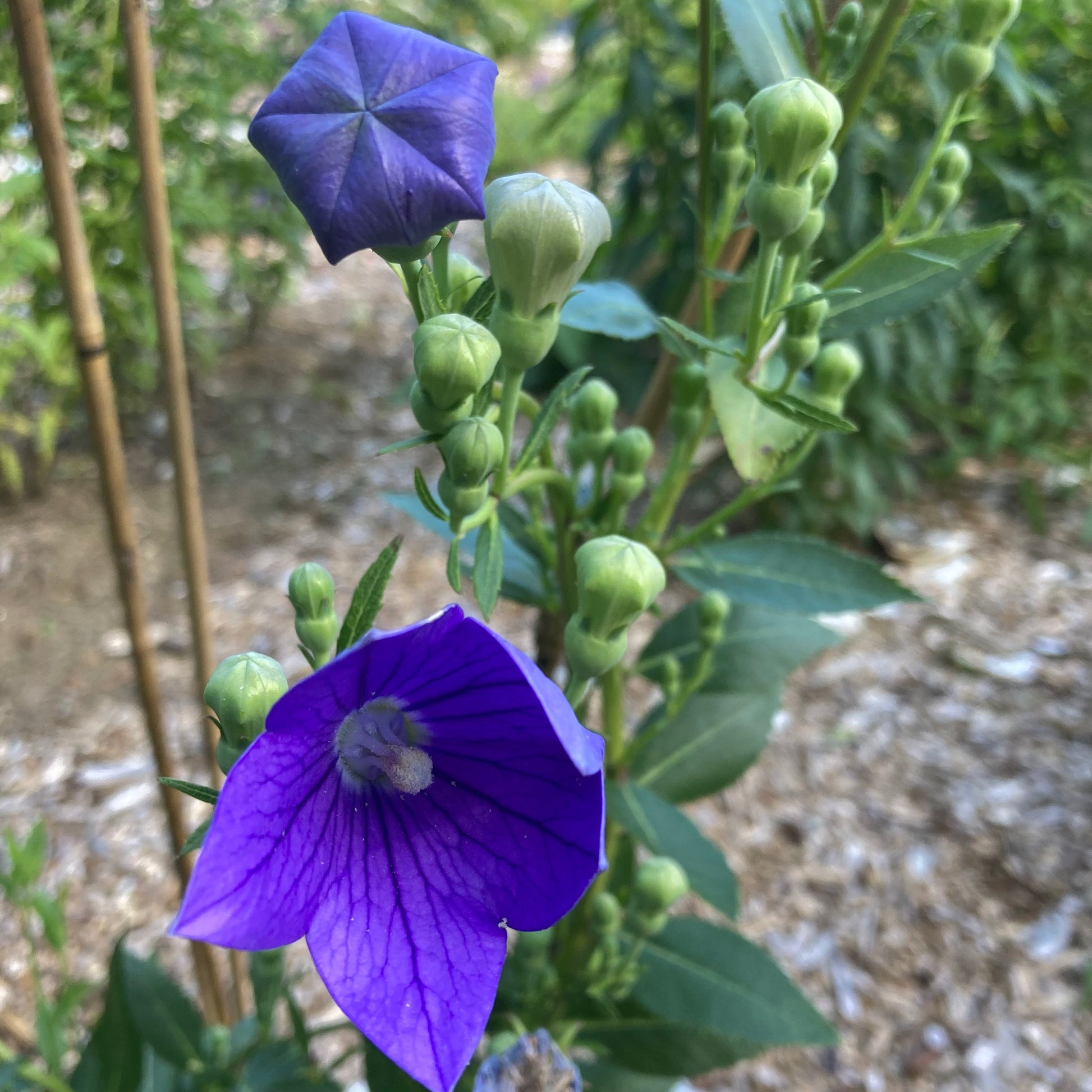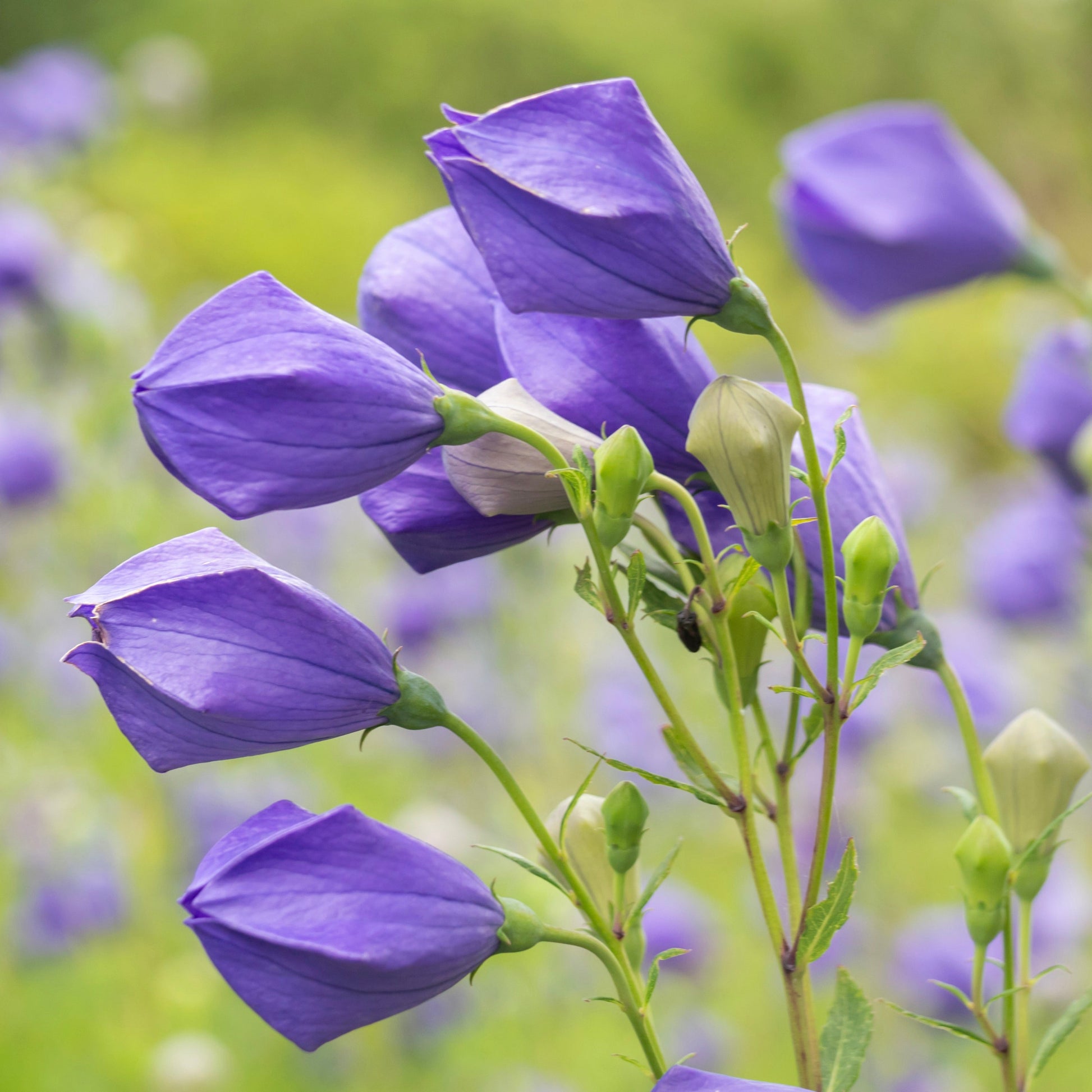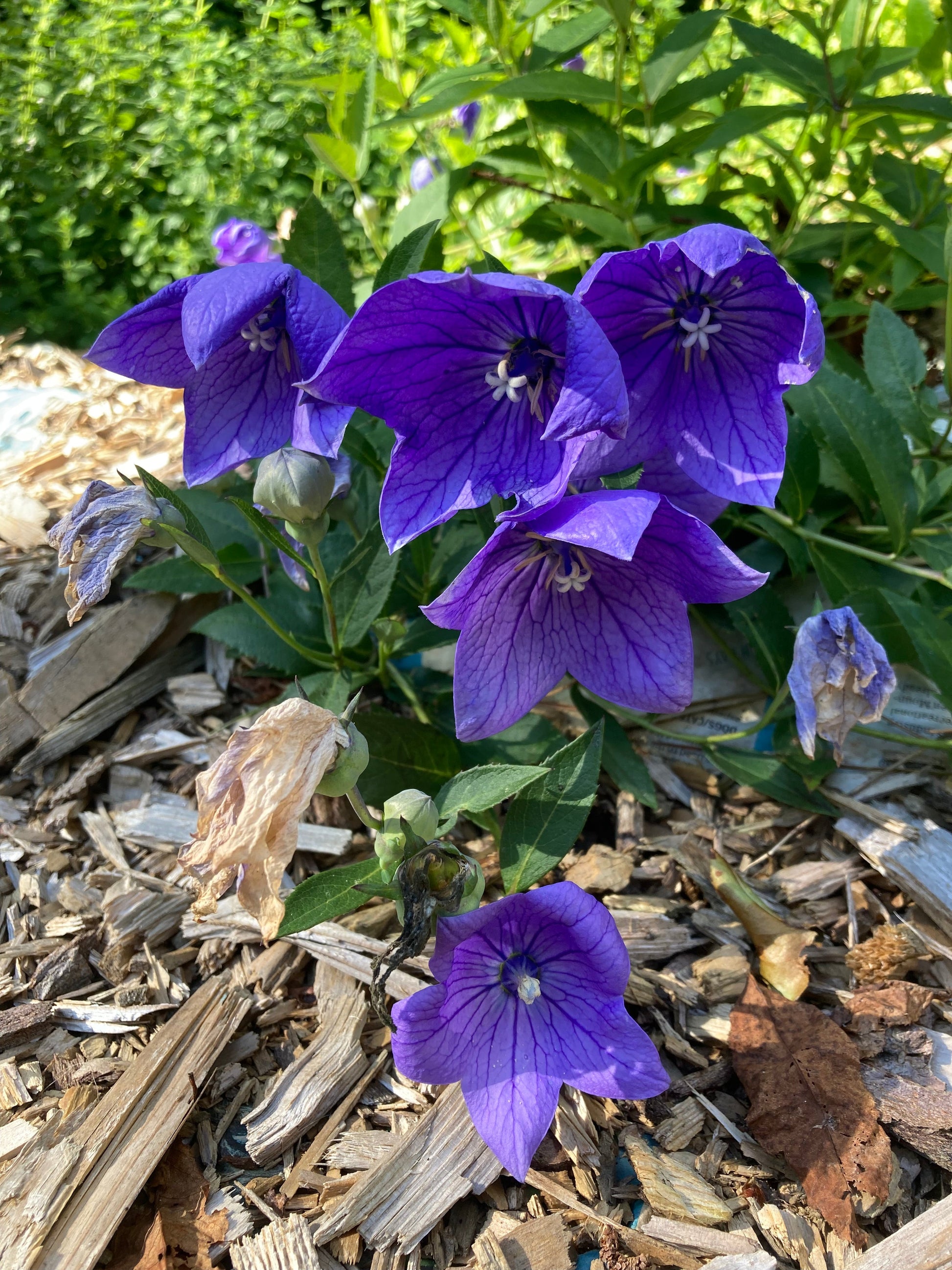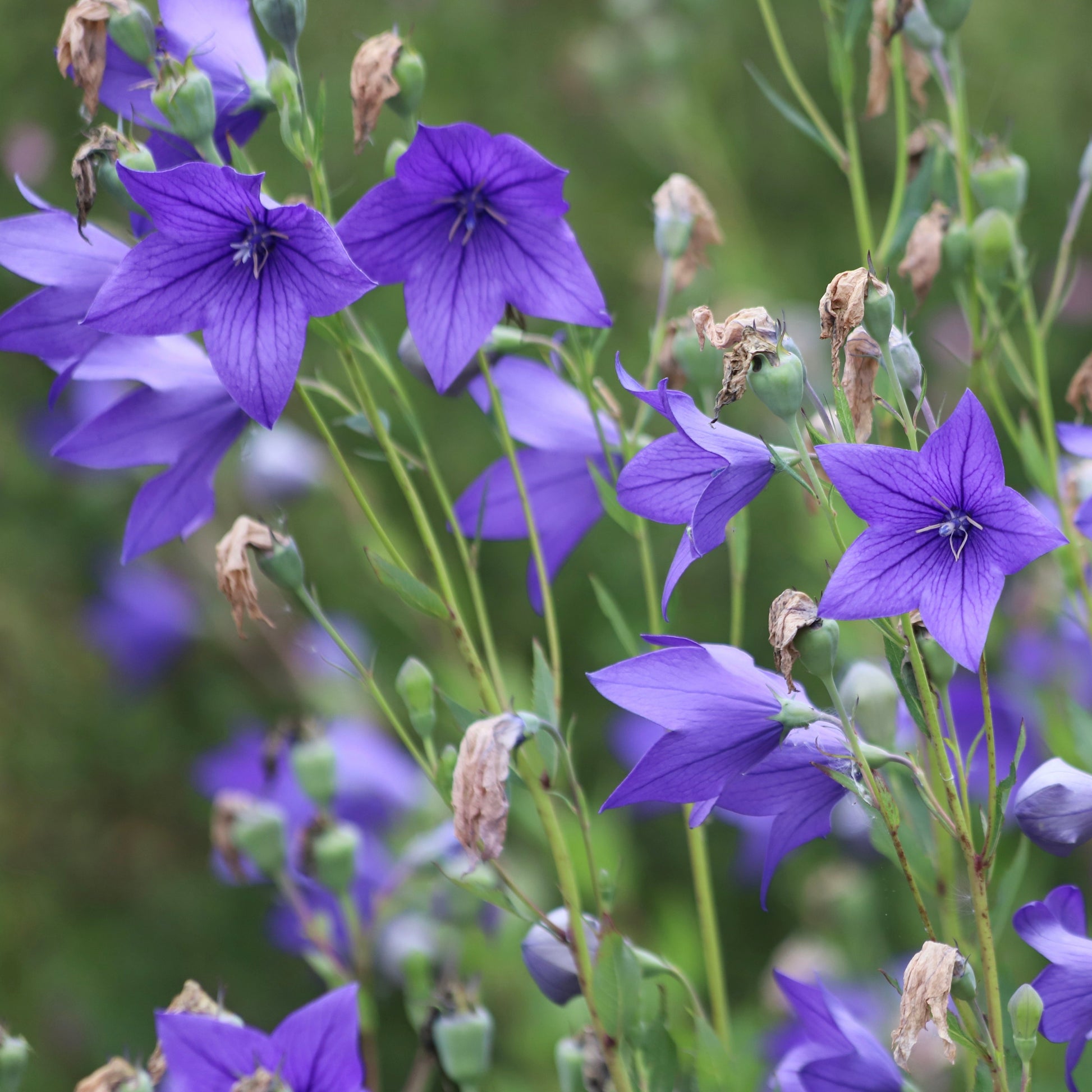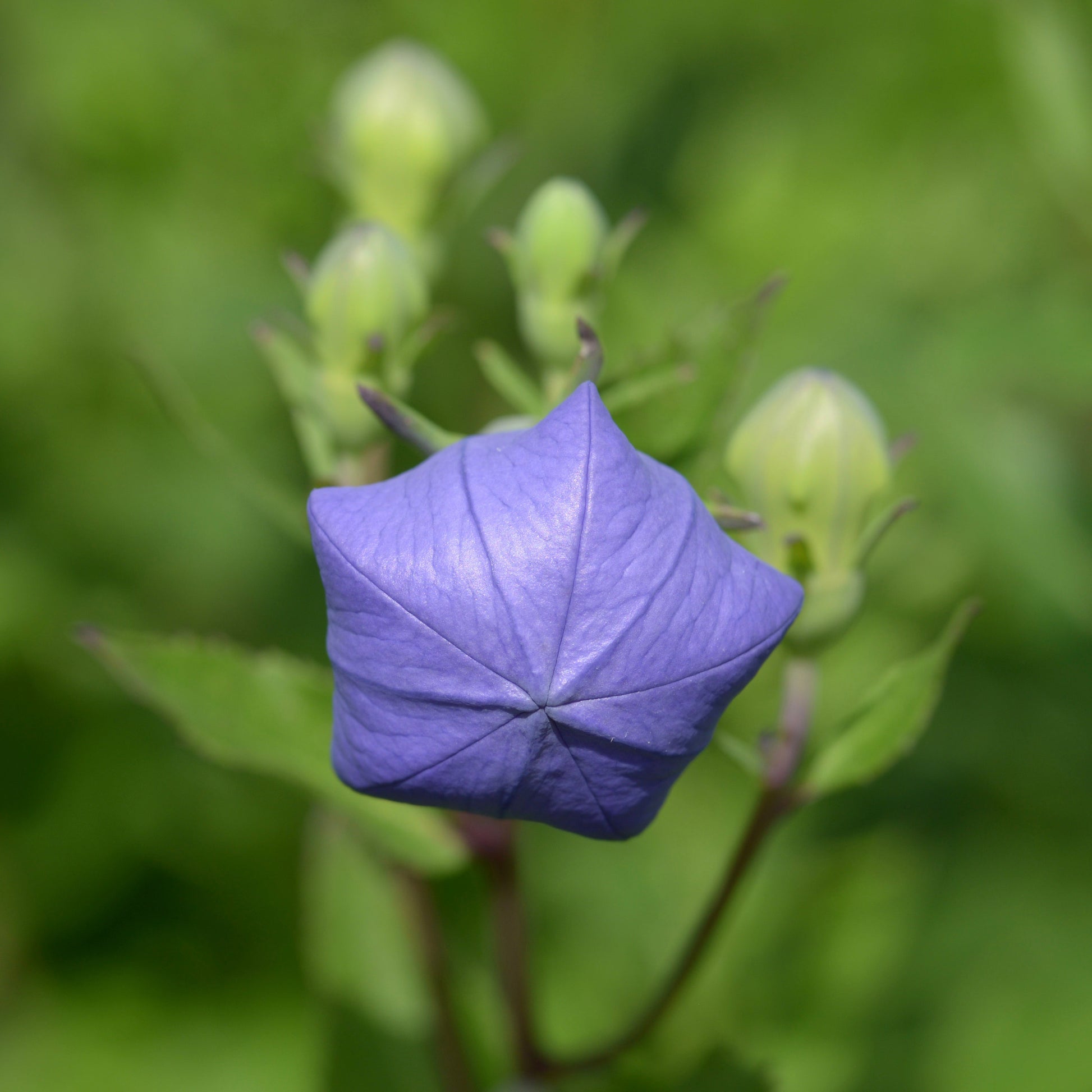Balloon Flower (Platycodon grandiflorus)
List Price: $4.00
Couldn't load pickup availability
Platycodon grandiflorus is a wonderful addition to rock gardens or border gardens, their pale purple flowers opening wide from a balloon-like bud to provide accessible access to pollinators. In the fall, their foliage turns an attractive shade of yellow that provides a pop of brightness even as the growing season winds down.
Native to East Asia, this plant is also referred to as Chinese Bellflower. Its name in Mandarin is ‘Jie Geng,’ literally translated to ‘tangerine peduncle’ in English. In traditional Chinese medicine, Balloon Flower has long been used for respiratory concerns, sore throats, inflammation, and chest congestion. Platycodon is a component of various modern clinical Chinese medicinal applications generally focusing on lung health. A main benefit associated with this plant is its affinity for lessening phlegm and mucus. The roots of the plant are typically harvested in the spring or fall after 2-3 years, cleaned, and dried before processing into medicine.
Balloon Flower rhizomes are used as a food crop as well, predominantly utilized in Korean (referred to as ‘Doraji’) and Japanese cuisine (pickled, fried, raw, boiled). Known as ‘Kikyo’ in Japan, the shape of this flower appears as a crest for some Japanese clans, and is regarded there as one of the Seven Flowers of Autumn, a grouping of blossoms admired since the 700s.
